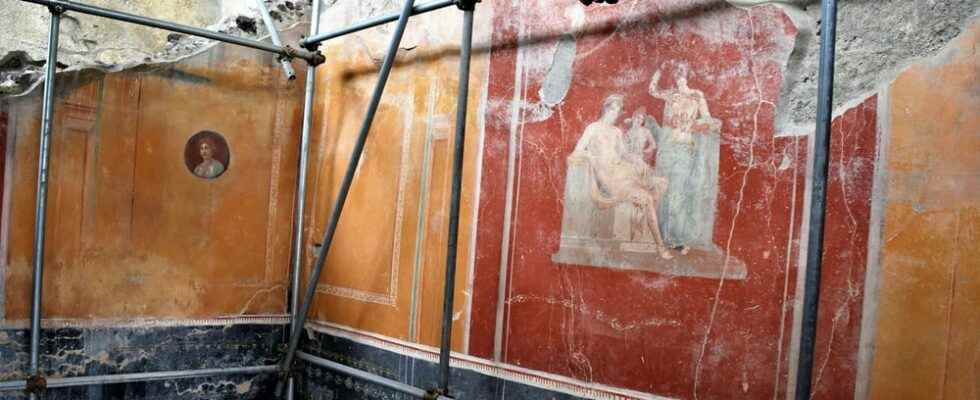The eruption of Mount Vesuvius covered Pompeii with a layer several meters thick of ash, pumice and lava. At the end of the 16th century, the city was rediscovered, but it was not until 1748 that any major investigations of the site began.
Through bone remains, researchers have now succeeded in mapping the entire human genome of a man whose remains were excavated from the ruins as early as 1933. The find was published this week in the journal Scientific Reports.
In addition to the development of technology, the condition of the well-preserved remains is described as crucial for the study. The bone remains had been packed tightly in the ashes, which prevented them from rotting.
The study compared the researchers’ man’s DNA with genes from other people in antiquity and with modern humans in western Eurasia. He had most similarities with today’s Italians and with other people who lived in the Roman Empire in the meantime.
But he also had gene sets that are commonly found on the island of Sardinia, and not among the mainlanders of the time. This indicates that there was a great deal of genetic diversity in Italy during the first centuries after Christ.
A similar attempt was made with bone remains from a woman, but without success.
– These people are silent witnesses to one of the most well-known historical events in the world. Being able to work with them is very emotional and a great privilege, says Serena Via BBC.
The man was in his 40s when he died in the volcanic eruption. The woman was over 50. They were found next to each other in the house’s dining room.
“Based on the position of their bodies, it seems that they did not try to escape,” Serena Viva, one of the researchers behind the study, told the BBC.
One possible explanation may have been their state of health. Bone analyzes indicate that the man suffered from tuberculosis and the woman from osteoarthritis.
– It may have been the reason why they waited for everything to end, perhaps in the safety of the home, instead of fleeing like other people, whose remains were found in open places, Viva says to CNN.
Researchers now hope to study more bone remains from Vesuvius’ victims.
